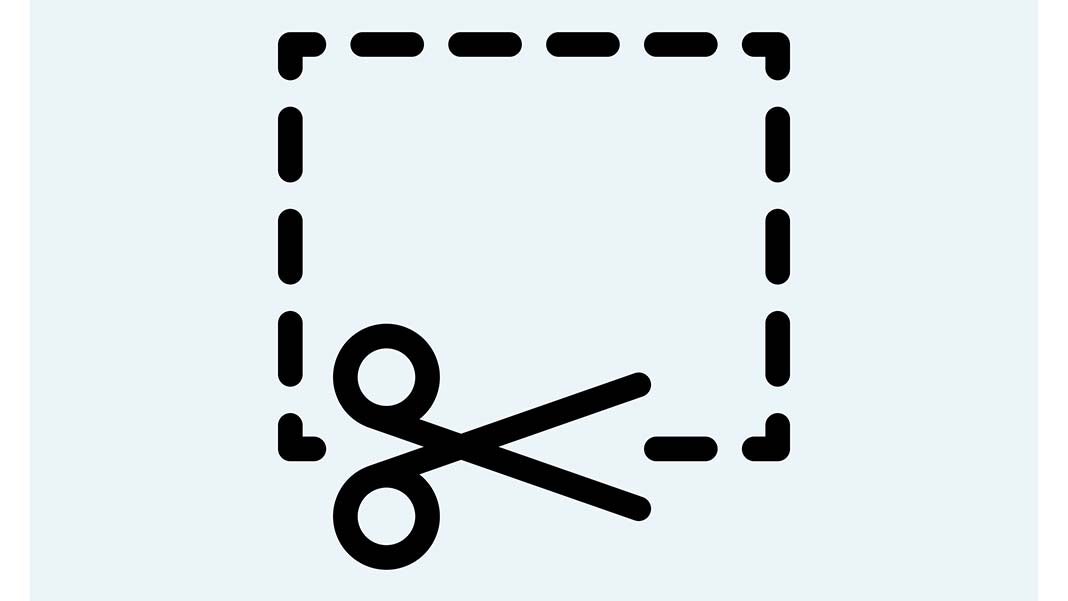
This year, coupon redemption is expected to balloon to 31 billion. Compare that to the 16 billion coupons redeemed in 2014 and you’ll notice how customers’ interest in deals and offers has only grown.
Future predictions indicate that by 2022, coupon redemption will rise further to $91 billion. While last year, customers saved a good amount totaling to $3.1 billion by using coupons, the redemption rate was comparatively low.
This was because marketers focused highly on digital coupons, as customers have been more inclined toward using those. The tactic gave a 47% bump to online coupon usage but the overall redemption in comparison to 2017 fell by 12 points.
What really attracts customers about coupons?
Employing coupons is a smart business tactic for attracting customers by giving them an opportunity to try new products. As per Inmar, 83% of buyers say that coupons have altered their shopping behavior. What’s more, 39% of people are willing to try a new brand that they wouldn’t otherwise in the presence of a coupon.
Click here to read more on coupons
Coupons don’t only attract customers by making them see value in a company not tried before. They also encourage customers to say onboard a brand. To be clear, coupons encourage customer retention.
Back in 2009, Groupon made the most of the Great Recession by offering 50% off coupons to customers. This tactic attracted several users to it. However, the couponing site didn’t continue to offer such valuable deals, which is what led to a dip in its popularity.
Coupons encourage customers to stay loyal as they make them feel valued by the brand.
The influence that coupons have on customer purchase journey
Marketers can use coupons to influence the buying decisions of customers not only before they shop, but also during and after their shopping.
A study by Valassis showed that 53% of shoppers check out all sources of coupons beforehand. Consumers invest about two hours every week in this coupon hunt.
Other data reveals that 81% of Americans have to find a good deal in their mind during the entire path to purchase.
Coupons impact customers even after they have completed shopping, as coupons can push people to complete abandoned purchases. The impact of coupons on the purchase journey of customers is so strong that they can determine how much shoppers spend, along with influencing where they shop and what they shop for.
37% of consumers say coupons make them purchase more. 28% of people report that they are likely to purchase a more expensive item with a coupon. Over and above that, 84% of consumers choose where to shop based on discounts.
How do retailers use coupons?
A research site reveals that offering discounts is the most preferred pricing strategy used by retailers across all sectors, according to 97% of the retailers involved in the survey.
So how, exactly, from the start to the end, does a retailer employ coupons successfully? Let’s dive into the details of this below.
1. Electronic Distribution
The most popular mode of coupon distribution in the present time is through mobile phones. This year, the number of mobile coupon users is expected to swell to 1.05 billion.
Using geotargeting to send coupons via SMS is helping retailers experience high redemption rates. Coupons can also be distributed through social media, where 28% of customers are also likely to share deals and spread the word.
Moreover, 54% of shoppers use coupons they find on social platforms. Email marketing is another distribution channel, with 93% of consumers likely to use coupons found in emails by brands. Retailers also submit coupons to couponing sites, as 96% of customers find deals there.
Marketers are using the latest technologies such as chatbots to distribute coupons. Hence, chatbot coupon volume is expected to rise to 1.1 billion in the next three years, as per Juniper Research. And for keeping loyal customers hooked, retailers use loyalty and rewards’ programs.
Though digital coupons are on the rise, the future is anything but dark for printable coupons and deals found in-store. A study by Valassis shows that 52% of consumers typically use printable coupons.
2. Urgency and Exclusivity
Retailers use several tricks to capture the attention of potential buyers. The first is to create a visually appealing graphic which reads catchy words; a voucher that reads FREE or Saves up to 70% is sure to catch eyeballs.
Moreover, smart retailers never fail to create a sense of urgency to make customers understand that the offer is not going to last very long and hence, should be made the most of while still possible. This is what has to lead to 83% of people to make unplanned purchases.
Retailers also make coupons attention-grabbing by instilling a sense of exclusivity, such as an offer just for email subscribers, for Instagrammers, loyal customers, and so on.
3. Maximize conversion
When it comes to the maximum conversion of coupons, the first three things retailers consider are these:
- Who is the target audience of the company?
- Is the business online or a brick-and-mortar one? A store would distribute flyers, local ads, etc. whereas an online business would focus on email marketing, social media, and such channels.
- What’s the goal of the couponing campaign? If it is to attract new customers, a different strategy would be applied than if it is to retain customers.
For ensuring their coupons convert maximum, retailers also make certain to provide coupons at the right time. For instance, many retailers offer welcome codes to first-time buyers who are only required to sign up for the newsletter to avail the discount.
Other techniques used to ensure maximum conversion include offering popup coupons to retain customers, giving free gifts with purchases, shipping packages free of cost, and encouraging customers to complete purchases of items in abandoned carts by offering coupons.
Last but not least, retailers keep an eye on how well the coupons are doing, how much traffic is coming in, and use this collected data for future campaigns as well.
Wrap up thoughts
To sum up, coupons are an effective way to attract and retain customers. Since retailers know how customers are attracted to the value they get from coupons, they tap into coupon marketing as an effective pricing strategy.
For ensuring the success of the couponing campaign, retailers take steps from the beginning to the end – they study buyers, craft distribution strategies, and calculate conversion.
3316 Views












